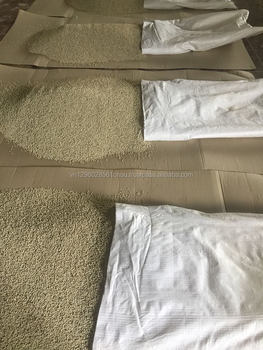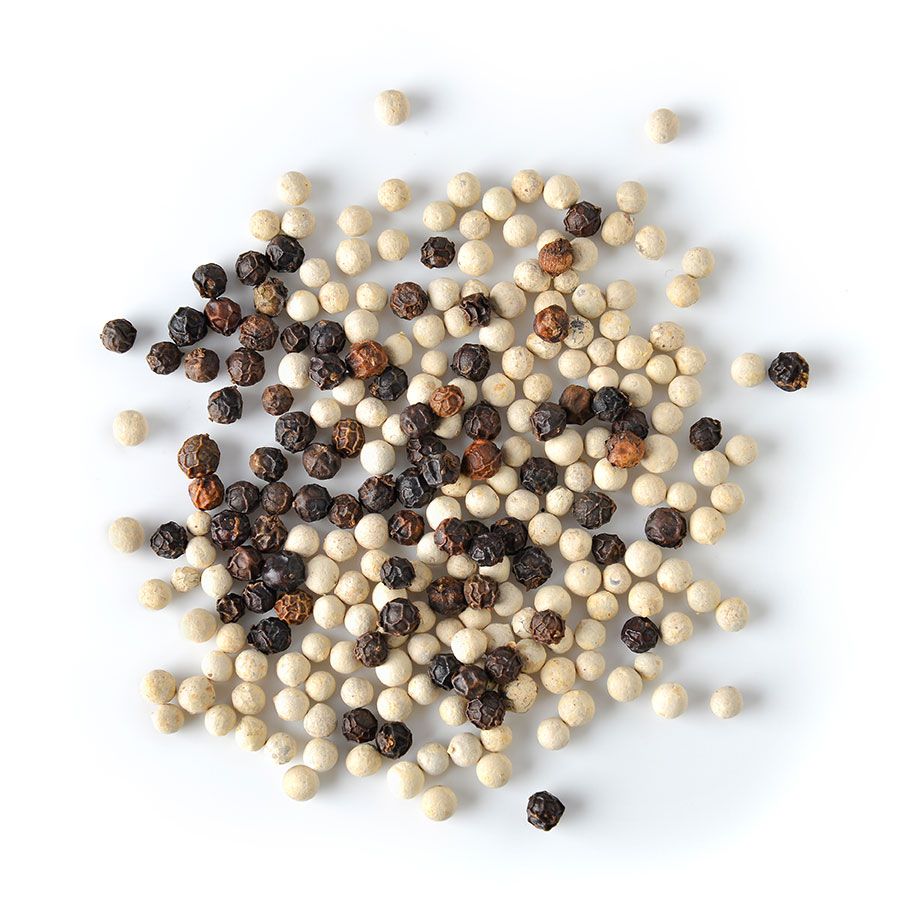- Manual processing:
From ripe pepper: Harvest ripe pepper and soak it in water (including the stalks) for 1-2 hours. Rub them gently on a sieve to separate the seeds. Remove the stalks, then clean and filter the remaining seeds for drying.

- Semi-industrial processing:
Soak black and fresh pepper in water for 7-8 days. Change the water every two to three days. When the pepper skin is soft and the fruit is rotten, remove it, grind to remove the husk, clean, and then dry on a mat or in the sun. To soften the husk quickly, soak the pepper until it absorbs enough water, then ferment with the Biovina microorganism at a ratio of 6% for 4 days at 42°C. The black pepper husk will separate from the seeds, then proceed to grind and clean. The cleaned seeds will have a creamy yellow color.
According to market demand, whitening can be done by soaking in 2% H2O2 for 30 minutes to oxidize organic compounds and colorants. After whitening, dry the pepper on a mat or with padding at 50-60°C for several continuous hours until the moisture content reaches 12%.

After drying, pack the pepper in PP bags and store it in a dry and cool warehouse. According to surveys in Gia Lai and Dong Nai pepper-growing areas, the value of a ton of good quality black pepper increases by 5-6 million VND after processing into white pepper. Processing black pepper into white pepper helps farmers increase their income, but due to the lack of attention to environmental issues, pollution often occurs in areas where white pepper is processed due to the foul odor emanating from soaking tanks and the water used to wash the pepper seeds during processing.

Summary of the whitening process:
Good quality black pepper -> Lightly fan the pepper to separate firm, heavy ones -> Soak in water to soften the black pepper husk -> Grind and clean the black pepper husk -> Dry or sun dry -> Pack -> Store.